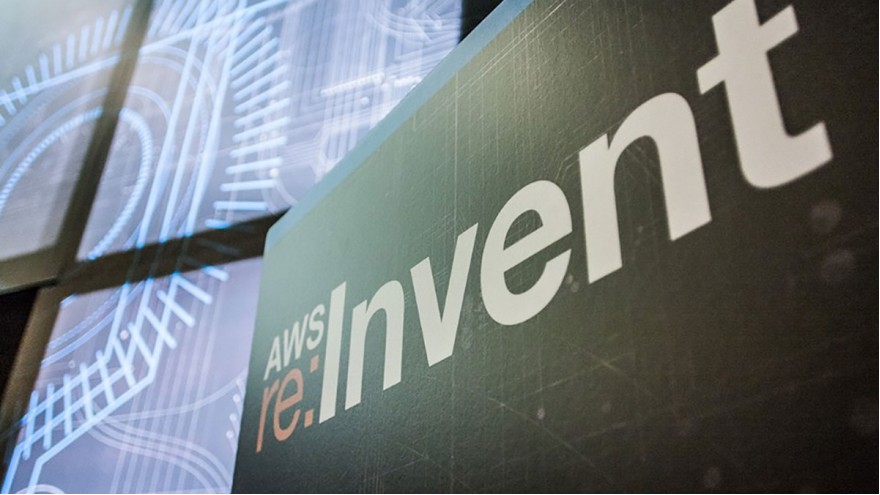IoT Overload Prevented by Amazon's Kinesis Firehose
Amazon Web Services SVP Andy Jassy said that, while Kinesis was useful for helping companies store streaming data and build custom applications on top of it, many organizations don't have the time and resources to make it happen. Kinesis Firehose, however, makes for a much more straightforward process.
Once our homes are kitted out with all manner of smart devices and sensors, where does the growing mass of collected data go to? Enter Kinesis Firehose, one of several services announced by Amazon at its AWS Re:Invent conference in Las Vegas this week.
The Firehose lets device makers stream data straight to the cloud—the Amazon Web Services cloud, to be exact. It builds on the existing Kinesis framework but makes life even easier for developers and engineers: All of the monitoring, scaling and data management is taken care of by Amazon.
That means anyone with a home security camera or temperature sensor has a ready-made service for getting data off the device and up to a storage bucket on the web. Of course, Amazon is happy to sell as much storage as people want to use. It gives coders more time to work on the front-end of their apps and less responsibility for the back-end.
For simplicity's sake, Firehose doesn't mess with the raw data. According to Amazon's Jeff Barr, it doesn't interpret nor process it in any way.
"You simply create a delivery stream and write data records to it," he wrote on his company's blog. "After any requested compression (client-side) and encryption (server-side), the records are written to an S3 bucket that you designate."
Once the raw data is up there, all kinds of supported services—AWS Lambda, Amazon EMR, Amazon Redshift—can step in to shape it, and more are on the way. Amazon promises that it's easy to use, direct, and requires zero maintenance. Pricing is based on volume of data, and it's available now.
The company had plenty of other announcements at Re:Invent too—such as QuickSight for building visualizations and analyzing data in AWS, and AWS Snowball, a 50TB server case the size of a beverage cooler that gets your data to Amazon via Fedex at $200 a time.
There's also a brand new migration service, for getting data out of Oracle, SQL Server, MySQL and PostgreSQL databases and into AWS, as well as support for the MariaDB engine.
Altogether, it looks like Amazon pulled out some powerful new tricks for a cloud computing platform that's already on top of its game. If its enterprise technology vendor rivals aren't already very worried, they should be.





Comments